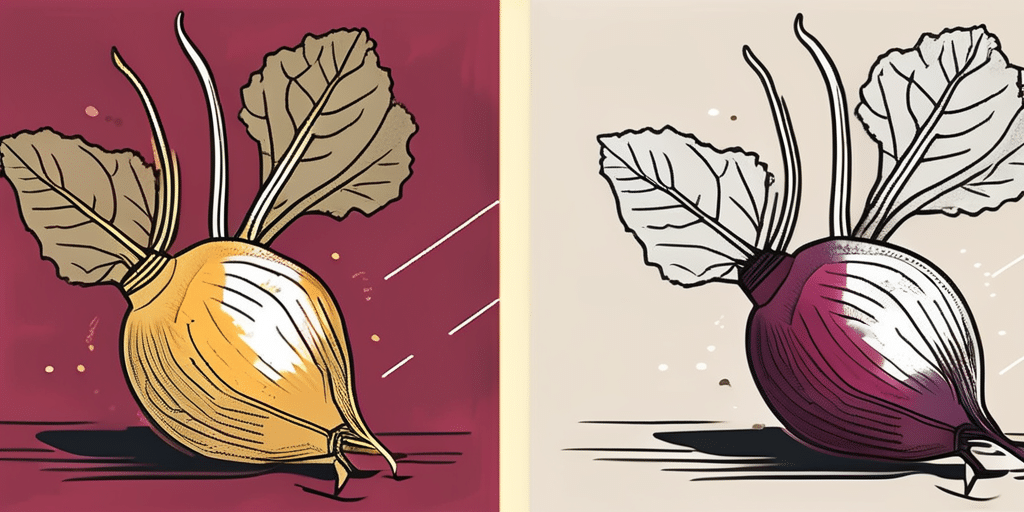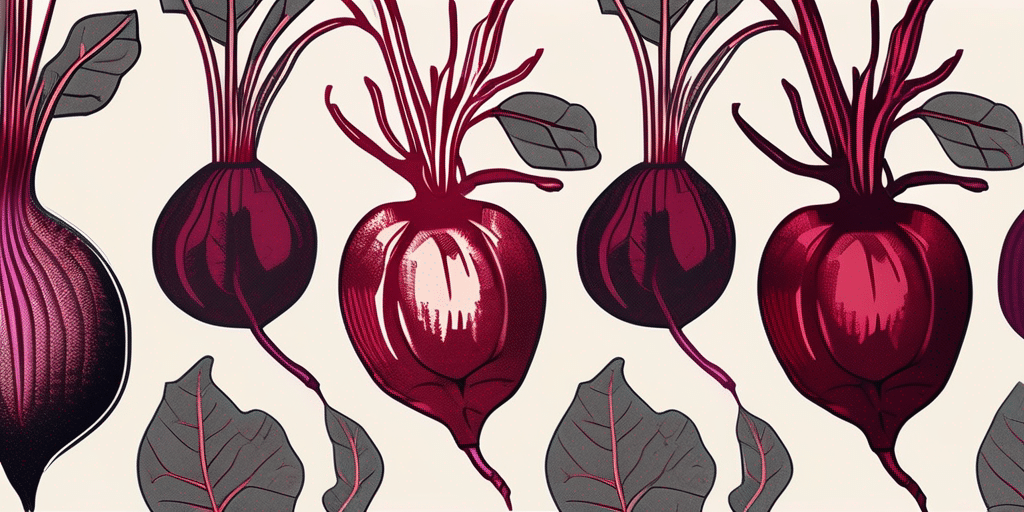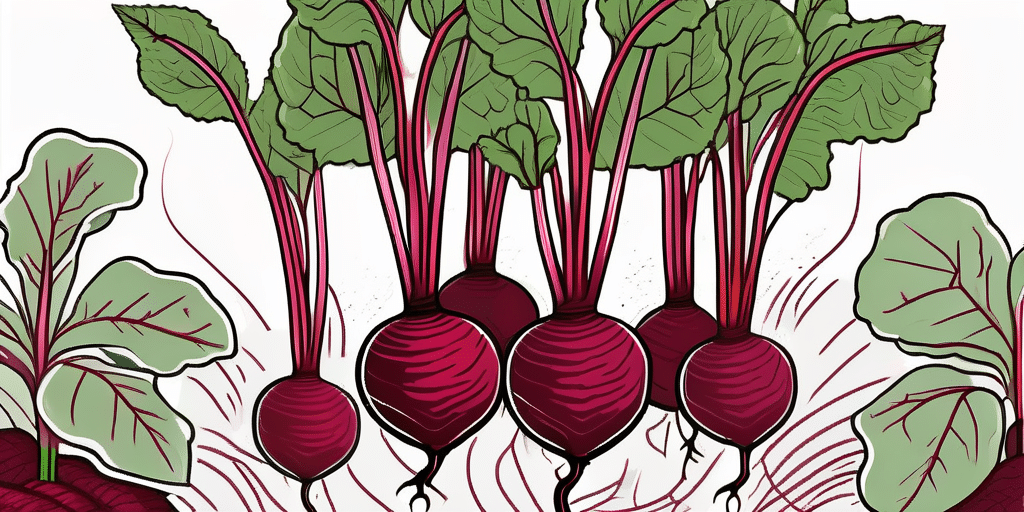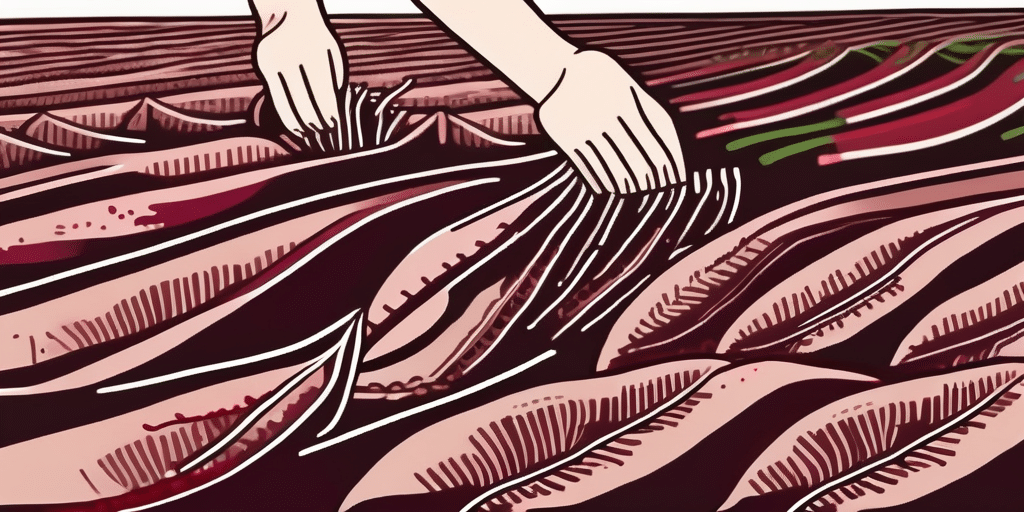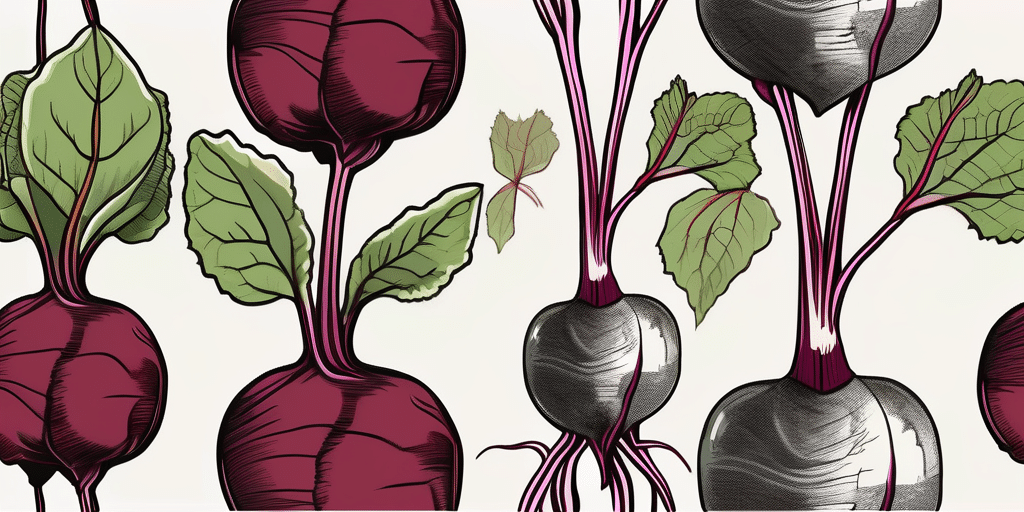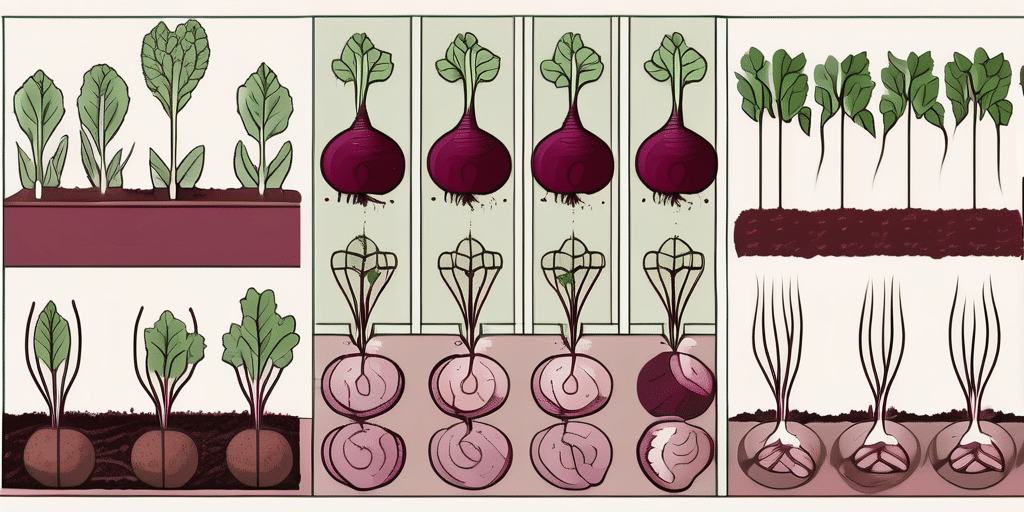Red Ace Beets are a popular vegetable crop in Georgia, known for their vibrant color, sweet flavor, and nutritional value. If you’re interested in growing Red Ace Beets in your garden or farm, this article will provide you with all the information you need to successfully cultivate this delicious root vegetable.
Climate & Hardiness Zones in Georgia
Before diving into the planting and growing process, it’s important to understand the climate and hardiness zones in Georgia. The state of Georgia falls under USDA hardiness zones 6a to 9b, with the northern regions being colder than the southern ones. These zones determine the appropriate plants that can thrive in a specific area, considering factors such as average annual minimum temperatures. Red Ace Beets are well-suited for all of Georgia’s hardiness zones, making them a great choice for gardeners across the state.
Georgia’s diverse climate is influenced by a variety of factors, including its proximity to the Atlantic Ocean and the Appalachian Mountains. The state experiences hot and humid summers, with temperatures often exceeding 90°F, while winters can be mild in the south and colder in the north, occasionally dropping below freezing. These temperature variations play a crucial role in determining the types of crops that can be successfully grown in different parts of the state.
Furthermore, Georgia’s unique topography contributes to its microclimates, creating pockets of varying temperatures and precipitation levels within the same hardiness zone. For example, the mountainous regions of North Georgia receive more rainfall compared to the coastal plains in the south. This diversity allows for a wide range of gardening opportunities, from cultivating cold-hardy crops in the north to growing heat-loving plants in the south, providing gardeners with a rich tapestry of options to explore and experiment with.
When to Plant Red Ace Beets in Georgia
In Georgia, the best time to sow Red Ace Beet seeds is during the cooler months, typically in late winter or early spring. The ideal soil temperature for seed germination is between 50°F and 85°F. It’s recommended to plant Red Ace Beets 8 to 10 weeks before the last frost date. In northern Georgia, this would be around February or March, while in southern Georgia, it can be as early as January.
Make sure to select a sunny spot in your garden with well-draining soil. Red Ace Beets require at least 6 to 8 hours of direct sunlight daily for optimal growth. If your soil is heavy clay, consider amending it with organic matter such as compost or well-rotted manure to improve drainage and fertility.
When preparing the planting site, ensure that the soil is loose and free of rocks or debris that may impede root growth. Red Ace Beets thrive in soil with a pH level between 6.0 and 7.0, so it’s a good idea to test your soil and adjust the pH if necessary using lime or sulfur.
Watering is crucial for successful beet cultivation. Be sure to keep the soil consistently moist but not waterlogged. Mulching around the plants can help retain soil moisture and suppress weeds. Additionally, consider using a balanced fertilizer to provide essential nutrients for the beets throughout the growing season.
When to Harvest or Pick Red Ace Beets in Georgia
Red Ace Beets are a popular variety known for their vibrant red color and sweet, earthy flavor. These beets are typically ready to be harvested approximately 55 to 65 days after planting, although this timeline can vary depending on weather conditions and soil quality. The ideal size for harvesting Red Ace Beets is around 2 to 3 inches in diameter, as this ensures a perfect balance of sweetness and tenderness in the roots.
When the time comes to harvest your Red Ace Beets, it’s important to do so with care to preserve their quality. One method of harvesting is by gently loosening the soil around the base of the beet with a garden fork or trowel, then carefully pulling the beet out, making sure not to damage the root. Additionally, the beet leaves can also be harvested and used in salads or cooked as nutritious greens, providing a versatile and delicious addition to your meals.
For those looking to maximize the yield and flavor of their Red Ace Beets, it’s crucial to monitor the plants regularly as they approach maturity. Beets left in the ground for too long can become tough and lose their optimal taste. By keeping a close eye on the size and appearance of the roots, you can ensure that your harvest is timed perfectly for the best possible flavor and texture.
- Prepare your harvesting tools, including a garden fork or trowel, to avoid damaging the delicate roots.
- Gently dig around the base of the beet, loosening the soil to make it easier to extract the root.
- When pulling up the beet, grasp the leaves near the top of the root to minimize damage and ensure a clean harvest.
- After removing the beet from the ground, gently brush off any excess soil and trim the leaves, leaving about an inch of stem attached for storage.
Frequently Asked Questions
Here are some common questions related to growing Red Ace Beets in Georgia:
1. Can I grow Red Ace Beets in containers?
Yes, Red Ace Beets can be successfully grown in containers with a depth of at least 8 to 10 inches. Ensure that the container has adequate drainage holes and use well-draining potting soil mixed with compost for best results. Place the containers in an area that receives full sunlight throughout the day.
2. How often should I water Red Ace Beets?
Red Ace Beets require consistent moisture to thrive, so it’s important to keep the soil evenly moist throughout the growing season. Water deeply once or twice a week, depending on the rainfall and temperature. Avoid overwatering, as it may lead to root rot and other diseases.
3. Are Red Ace Beets prone to any pests or diseases in Georgia?
While Red Ace Beets are relatively resistant to pests and diseases, they can occasionally be affected by common garden pests such as aphids, slugs, and leaf miners. Keep a close eye on your plants and take appropriate action if you notice any signs of infestation. Implementing organic pest control methods, such as using insecticidal soap or diatomaceous earth, can help protect your beets from these pests.
4. Can I save Red Ace Beet seeds for future planting?
Yes, it is possible to save Red Ace Beet seeds for future planting. Allow a few plants to mature and produce flowering stalks. Once the flowers have faded and the seed heads have dried, carefully collect the seeds. Store them in a cool, dry place in a sealed container until you are ready to plant them.
Growing Red Ace Beets in Georgia can be a rewarding experience for any gardener. By following the recommended planting and growing guidelines, you can enjoy a bountiful harvest of these delicious and nutritious root vegetables. So, roll up your sleeves, get your gardening tools ready, and start sowing those Red Ace Beet seeds to create a vibrant patch of beet goodness in your own backyard!
When it comes to growing Red Ace Beets, it’s important to note that these vibrant root vegetables are not only delicious but also packed with essential nutrients. They are an excellent source of fiber, folate, and manganese, which are all important for maintaining a healthy diet. Incorporating Red Ace Beets into your meals can provide a burst of color and flavor while contributing to your overall well-being.
In addition to their nutritional value, Red Ace Beets are also known for their versatility in the kitchen. You can enjoy them raw in salads, roasted as a side dish, or even juiced for a refreshing and nutrient-packed beverage. Their earthy and slightly sweet flavor adds depth to a variety of dishes, making them a favorite among chefs and home cooks alike.
Join Our Gardening Community
Ready to take your Red Ace Beet cultivation to the next level? Subscribe for free to How to Grow Everything and learn how to build the garden of your dreams! Receive personalized gardening advice tailored to your Georgia location, grow zone, and experience level. We’re here to help you grow vibrant beets and much more, with the best gardening tips and special offers delivered straight to your inbox. It’s 100% free, from our family to yours. Don’t miss out on creating your perfect garden—subscribe now and join a community passionate about gardening!

